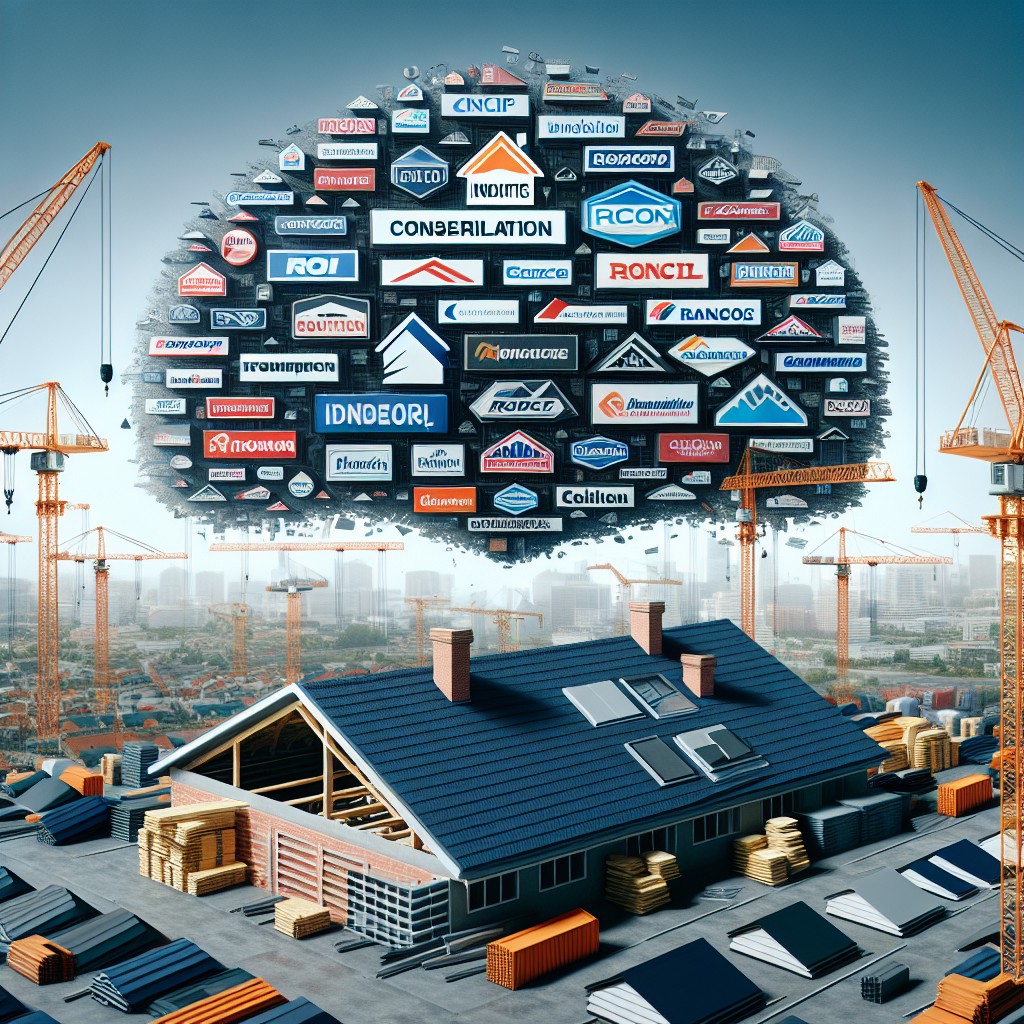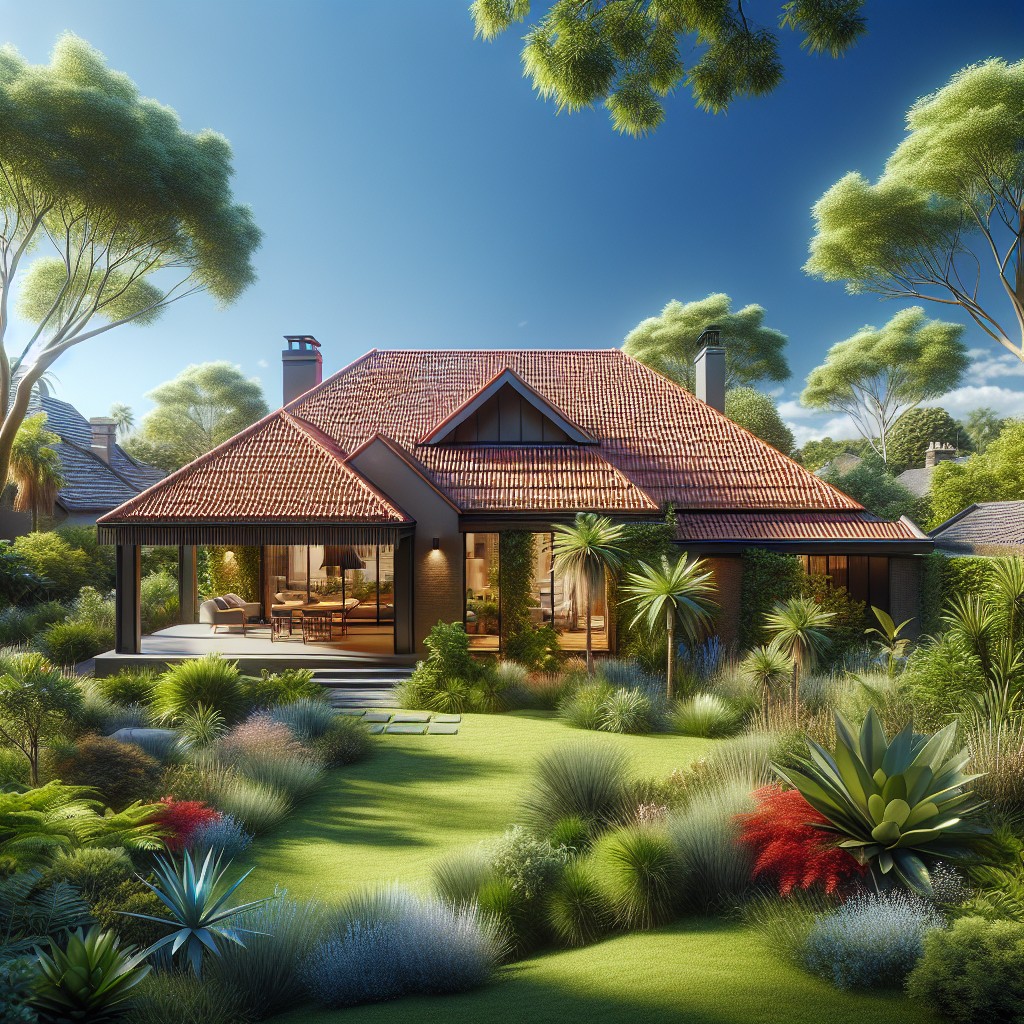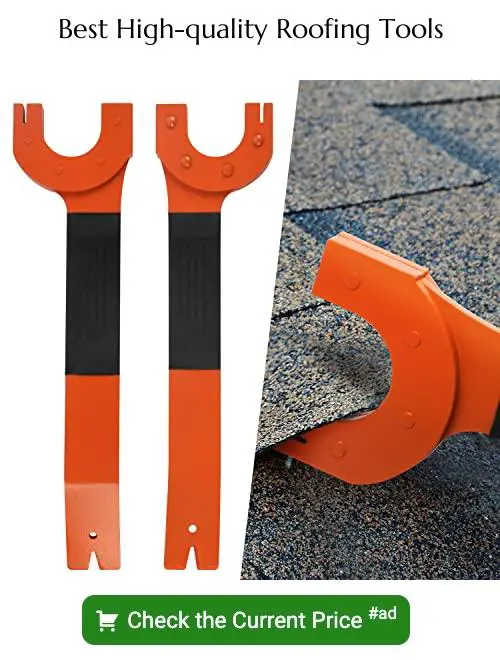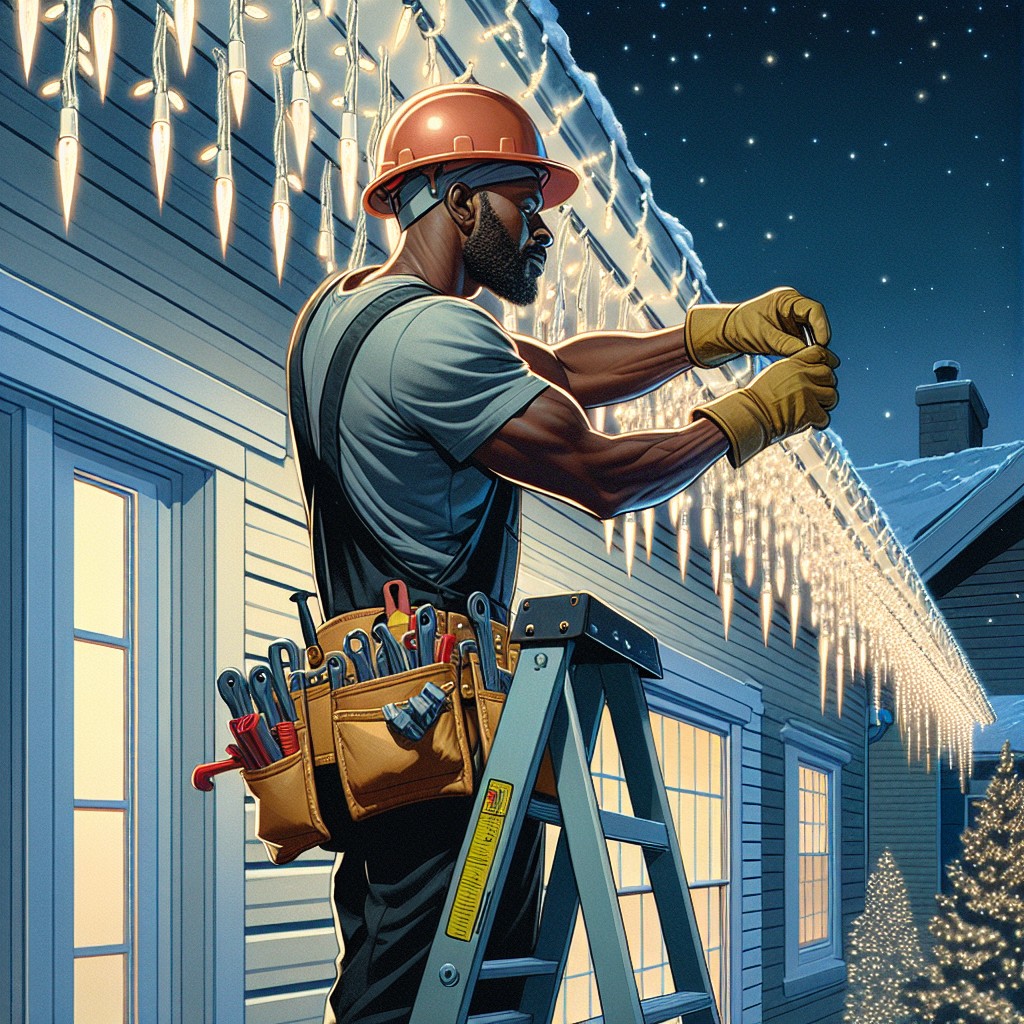Last updated on
We have rounded up the opinions of roofing industry experts on what they think are the latest trends (read their insights below.)
The roofing industry is constantly evolving, with innovations and trends shaping the way roofs are designed, constructed, and maintained. As we move into 2024, several key trends have emerged as front-runners in the field.
The top pivotal points that encapsulate the overall direction of the roofing industry:
- Sustainability and Eco-Friendliness: The shift towards adaptive roofing materials, reflective surfaces, and the integration of solar roofing solutions underscores a significant trend towards sustainability. These innovations not only promise to enhance the energy efficiency of buildings but also aim to minimize their environmental impact, marking a move towards more eco-friendly roofing practices.
- Technological Integration: The adoption of advanced technologies such as AI, drones, and augmented reality for customer communication, precise measurements, and project visualization is revolutionizing the roofing industry. Virtual inspections have become more prevalent, offering a safer and more efficient alternative to traditional methods, especially in the wake of ongoing health concerns.
- Material Innovation: There is a noticeable pivot towards durable and long-lasting materials, with synthetic materials and solar roofing gaining popularity. These materials offer practical benefits during installation and promise a better return on investment over time, reflecting a focus on longevity and durability in roofing choices.
- Aesthetic and Functional Synergy: The trends reveal a growing demand for roofing that is both aesthetically pleasing and functional. Color trends are leaning towards neutral palettes, while eco-friendly roofing options are being designed to enhance the visual appeal of buildings. This synergy between aesthetics and functionality highlights a holistic approach to roofing.
- Regulatory and Code Enhancements: Anticipated updates to building codes and their enforcement are expected to address the challenges posed by extreme weather events. The industry is likely to see the broader implementation of hurricane-resistant and fire-resistant roofing systems, indicating a proactive stance towards enhancing the resilience and safety of roofing structures.
Adaptive Roofing Materials

Matthew Lentz, the founder of The Roofing Company Inc., highlights the rise of “Adaptive Roofing Materials,” pointing to a future where roofs will respond dynamically to environmental changes. “This means that the materials used in roofing will be able to adjust and respond to environmental factors such as temperature, UV exposure, and moisture,” Lentz explains. The integration of nanotechnology and smart materials is set to revolutionize the roofing industry by enhancing durability, energy efficiency, and cost savings.
Reflective Surfaces

Lentz also points out the growing popularity of “Reflective Surfaces” in roofing. These materials are designed to reflect heat away from the building, significantly reducing cooling costs and extending the roof’s lifespan. “This is a great option for environmentally conscious building owners,” Lentz notes, underscoring the dual benefits of energy savings and reduced carbon footprint.
Colorful and Eco-Friendly Roofing

The trend towards “Colorful and Eco-Friendly Roofing” is gaining momentum, according to Lentz. Homeowners are increasingly seeking roofs that are not only visually appealing but also environmentally responsible. Options like green roofs, solar panels, and rainwater harvesting systems are becoming popular choices, reflecting a shift towards sustainable and aesthetically pleasing roofing solutions.
Increase in Demand for Virtual Inspections

The ongoing health crisis has accelerated the adoption of “Virtual Inspections” in the roofing industry. Lentz observes that this trend is likely to continue, offering homeowners a convenient and safe way to conduct roofing inspections. “It might become a norm in the industry soon,” Lentz suggests, indicating a significant shift in how roofing inspections are performed.
Industry Shifts Towards Consolidation

Hubert Miles, a Certified Master Inspector and HUD 203k Consultant from Home Inspection Insider, discusses the trend of consolidation within the roofing industry, moving from small, family-owned businesses to larger, corporate entities. This shift is expected to bring more professionalism to the sector, reflecting a deeper understanding of equity among current owners.
Material Trends Favoring Durability

Miles also notes a shift in material trends, with a focus on durability and longevity. Synthetic materials are becoming more popular due to their durability, safety, and environmental benefits. “Despite higher initial costs, newer materials like synthetic slates and solar roofing offer a better long-term ROI,” Miles states, emphasizing the practical advantages of these materials.
Solar Roofing Advancements

Martin Orefice, the CEO of Rent to Own Atlanta, highlights the importance of “Solar Roofing” as a key trend. With the Department of Solar Energy working to make solar roofs more affordable, this trend offers significant opportunities for utility cost savings and increased efficiency. Orefice adds, “Roofers should be ready to install fully-solar shingles and roofing tiles,” pointing to the growing demand for solar-ready roofs.
Aesthetic Preferences

Miles identifies “Weathered Wood, Driftwood, and shades of gray and black shingles” as the most in-demand colors for 2024. This preference for neutral palettes reflects a desire for roofs that complement the overall aesthetic of homes.
Regional Roofing Preferences

According to Miles, roofing preferences vary by region, influenced by local environmental conditions. For example, metal roofs are favored in hurricane-prone areas, while impact-resistant materials are preferred in regions with frequent hailstorms.
Technology and Innovations in Roofing

The integration of AI, drones, and augmented reality into the roofing industry is a trend highlighted by Miles. These technologies are transforming customer communication, measurement accuracy, and project visualization.
Energy Efficient Roofs

Andre Kazimierski, the CEO of Improovy Painters of La Grange, emphasizes the trend towards “Energy Efficient Roofs,” noting the growing popularity of metal roofing and designs that accommodate solar panels. “Energy-efficient materials…are designed to lower heating and cooling costs,” Kazimierski explains, underscoring the importance of sustainability in roofing.
Building Codes and Enforcement

David Bloomer from Transition Roofing anticipates significant updates to building codes, driven by the increasing severity of extreme weather events. “I expect updated building codes to mandate the broader implementation of hurricane-resistant roofing systems,” Bloomer notes, highlighting the need for materials that can withstand severe weather conditions.
As the roofing industry continues to evolve, these trends reflect a broader shift towards sustainability, efficiency, and resilience. Homeowners and industry professionals alike should take note of these developments as they plan future roofing projects.





